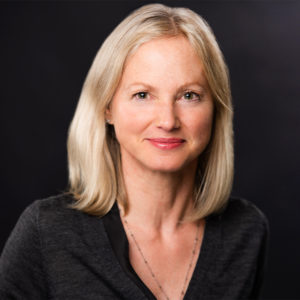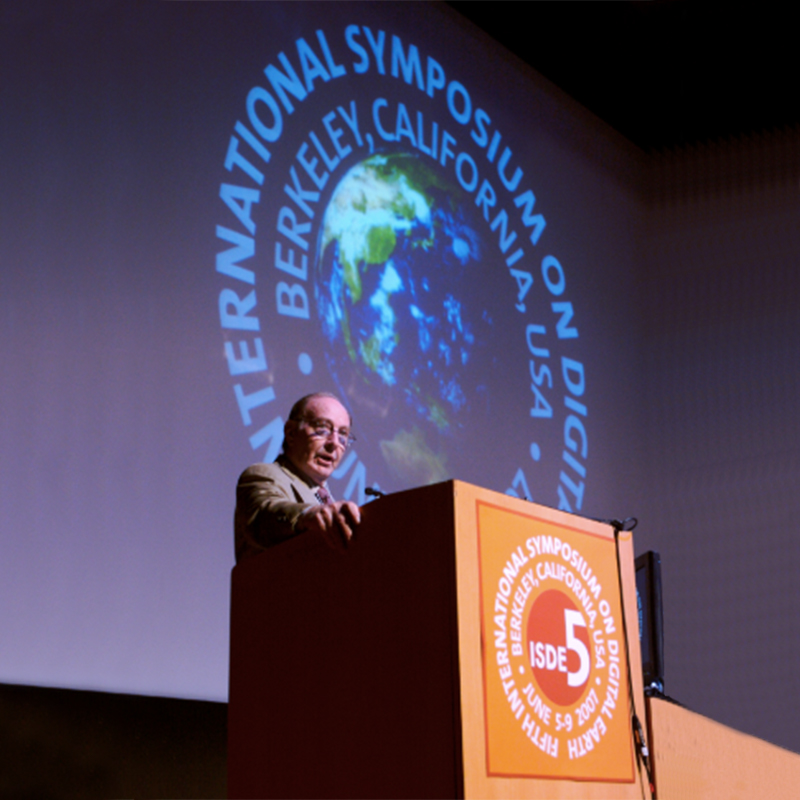“If somebody had said before the flight, ‘Are you going to get carried away looking at the earth from the Moon?’ I would have said, ‘No, no way.’ But yet when I first looked back at the Earth, standing on the moon, I cried.” ~ Alan Shepard, Astronaut on Apollo 14 in February 1971.
In the upcoming drama/sci-fi feature film Lucy In the Sky, Natalie Portman plays an astronaut (loosely based on real-life astronaut Lisa Nowak) struggling to readjust to life on Earth after experiencing the vastness of space. Who wouldn’t be changed by the experience? It’s well known that seeing Earth from space has a profound effect on the human psyche; some astronauts even report coming home needing to readjust to life in new, “deeply religious” states. For many, the effect is truly life-altering. Excerpt from “The Power and Awe of Seeing Earth from Space,” by Claudia Welss in Apogeo Spatial July 2019 Issue.
I recently contributed an intro piece on the Overview Effect for the latest issue of Apogeo Spatial. Their mission is to provide visual intelligence from geospatial tools to elevate global awareness. Their audience includes many different users of imagery and space-derived data, including builders of Geographic Information Systems (GIS) and the people who rely on GIS data to make decisions. Why did they ask for an article on the Overview Effect?
The July issue features “live” images of Earth being fed back to us from the International Space Station, taken by astronauts who are living there now. These images are also “data” — albeit a different kind than we usually imagine when we think of “spatial analytics” (if we think of them at all!) or “remote sensing” (which in this case refers to satellite data, as opposed to the extended human capacity IONS investigates). The information these Earth images convey to us have an emotional nature. Seeing our home from the vantage point of space, they inspire us by broadening the context of our awareness. IONS founder Apollo 14 astronaut and the 6th man to walk on the moon, Edgar Mitchell, also received information of an emotional nature as he observed Earth from space, and it altered the course of his life. If Edgar had looked out of the lunar module and simply seen his home planet hanging in a black void, rather than directly sensing Earth as part of an interconnected, living whole that included himself and the entire cosmos, IONS wouldn’t be here.
I have a history with Apogeo Spatial and GIS. My nonprofit, NextNow Collab was a creator of the 5th Annual International Symposium on Digital Earth with the International Society for Digital Earth (ISDE) , which we convened at the University of California, Berkeley in 2007. (ISDE is “a global initiative aimed at harnessing the world’s data and information resources to develop a virtual 3-D model of Earth in order to monitor, measure, and forecast natural and human activity on the planet”.) We focused on programming that could elevate the sensing of the symposium participants. Apogeo Spatial (then Imaging Notes) covered it. Edgar Mitchell spoke at it. So did physicist and author of From Science to God Peter Russell, evolutionary biologist Elisabet Sahtouris, HeartMath’s Rollin McCraty, Jedi Adam Apollo, the Kaitiakitanga Youth Voice team from New Zealand, and others who knew that all the GIS data in the world won’t help us transcend our global crises unless we’re able to perceive the deepest meaning hidden within it: that it’s all — that we are all — One.
I used this quote from T.S. Eliot with every new group of executives I worked with at UC Berkeley’s business school as department head working with corporations on their strategic imperatives: “Where is the wisdom we have lost in knowledge? Where is the knowledge we have lost in information?” The same challenge exists in the business domain as in every other — so many metrics, so much data, such an abundance of untapped wisdom.
Here’s how one GIS expert put the ISDE5 experience:
This was the first time I have been in the same room with someone like Ed Mitchell who has been on the Moon and you can’t help but feel just how remarkable the 20th century was that made this possible. A number of speakers mentioned that this period was an extraordinary period not only because of what humanity managed to achieve, but also because it was part of a 10,000 year period of relatively constant temperature on Earth. The concern now is that so many of the key parameters that we are able to measure over a relatively extended period such as atmospheric carbon dioxide, atmospheric mean temperature, mean sea temperature, and others seem to be changing relatively rapidly. Ed Mitchell called the challenge that of a “spaceship with a mutinous crew.“
So why a piece on the Overview Effect in a GIS industry publication? Because we know that all the data we’re drowning in has the potential to serve humanity in the same way it served so many astronauts: by delivering not just information, but wisdom — if only we have the sensing to perceive it. And that’s where IONS can help.
 Claudia Welss is Chair of the Board of Directors for the Institute of Noetic Sciences and an Executive Producer of the Edgar Mitchell Overview Effect Virtual Reality Experience, a sophisticated simulation being produced by IONS in late 2019. NextNow Collab and Apogeo Spatial are sponsors of the IONS 18th International Conference, The Possibility Accelerator: Creating our Future, Now.
Claudia Welss is Chair of the Board of Directors for the Institute of Noetic Sciences and an Executive Producer of the Edgar Mitchell Overview Effect Virtual Reality Experience, a sophisticated simulation being produced by IONS in late 2019. NextNow Collab and Apogeo Spatial are sponsors of the IONS 18th International Conference, The Possibility Accelerator: Creating our Future, Now.
